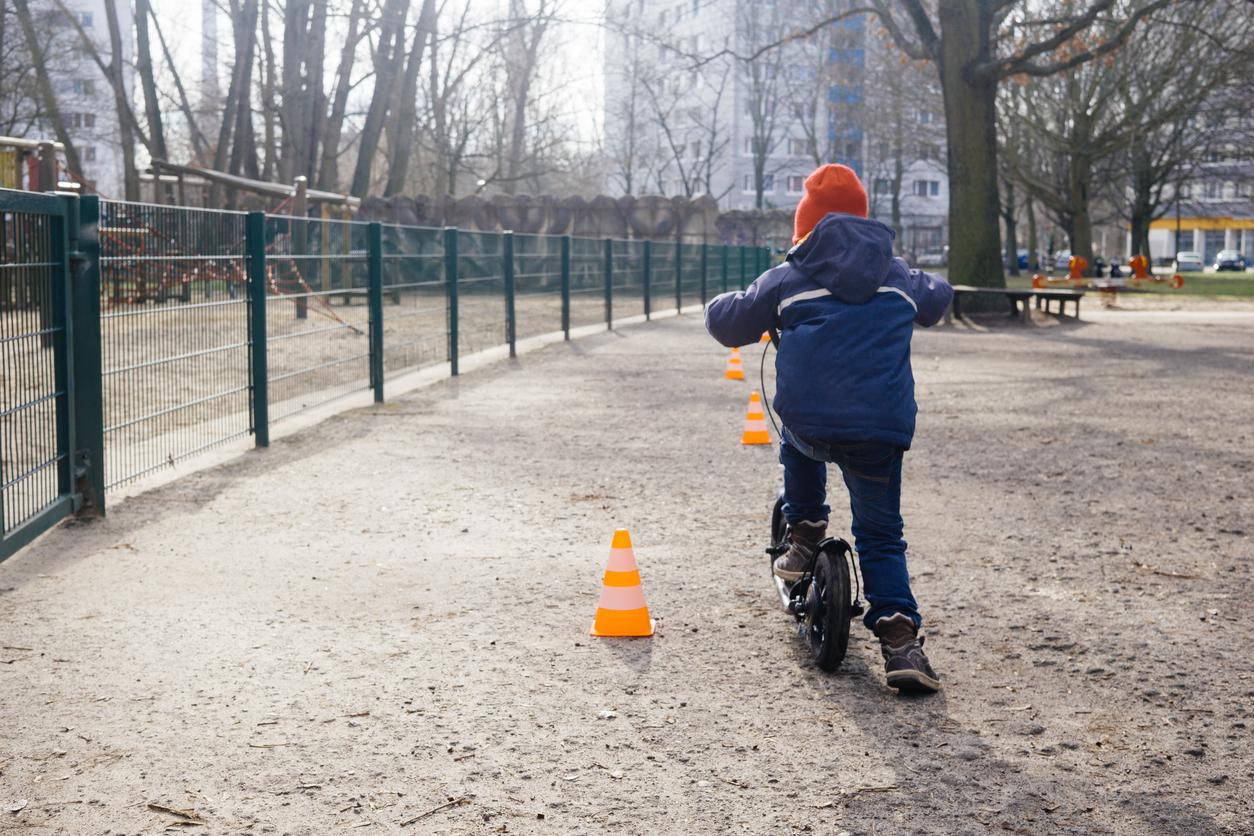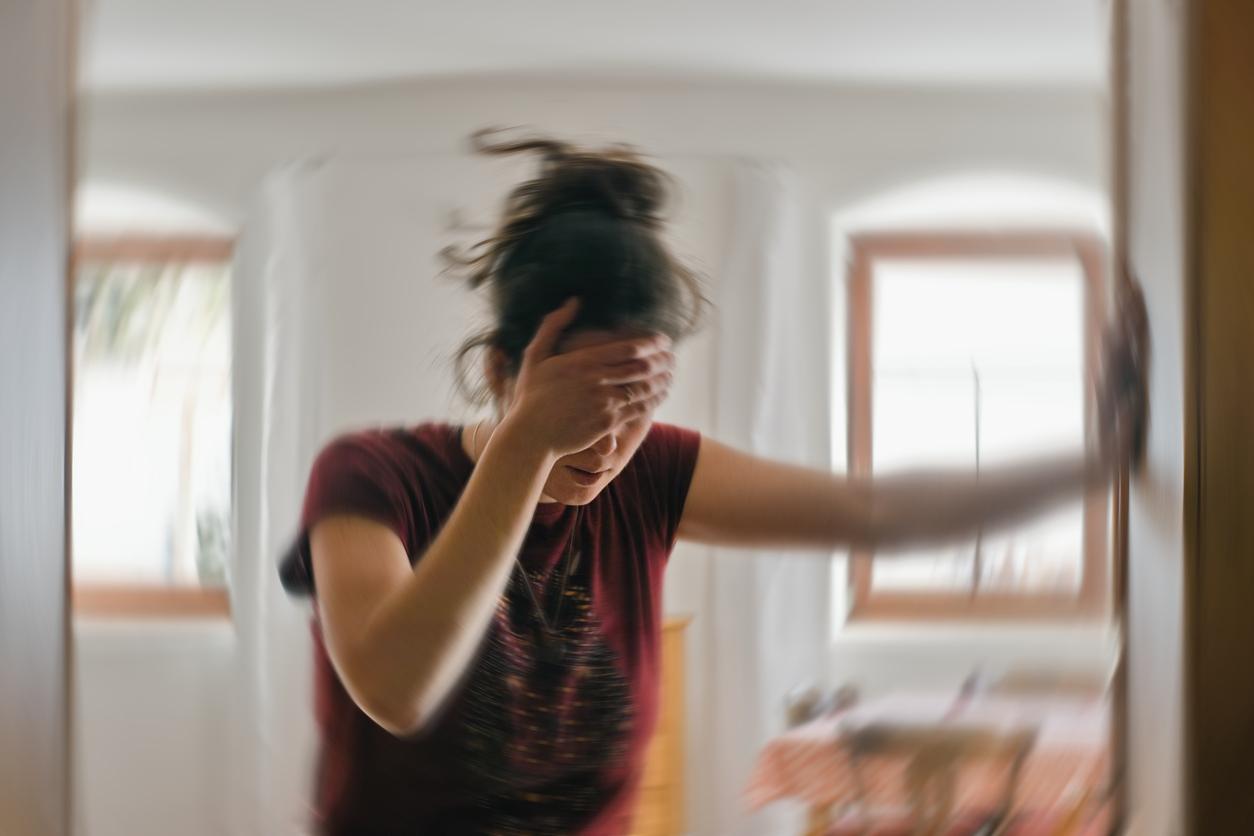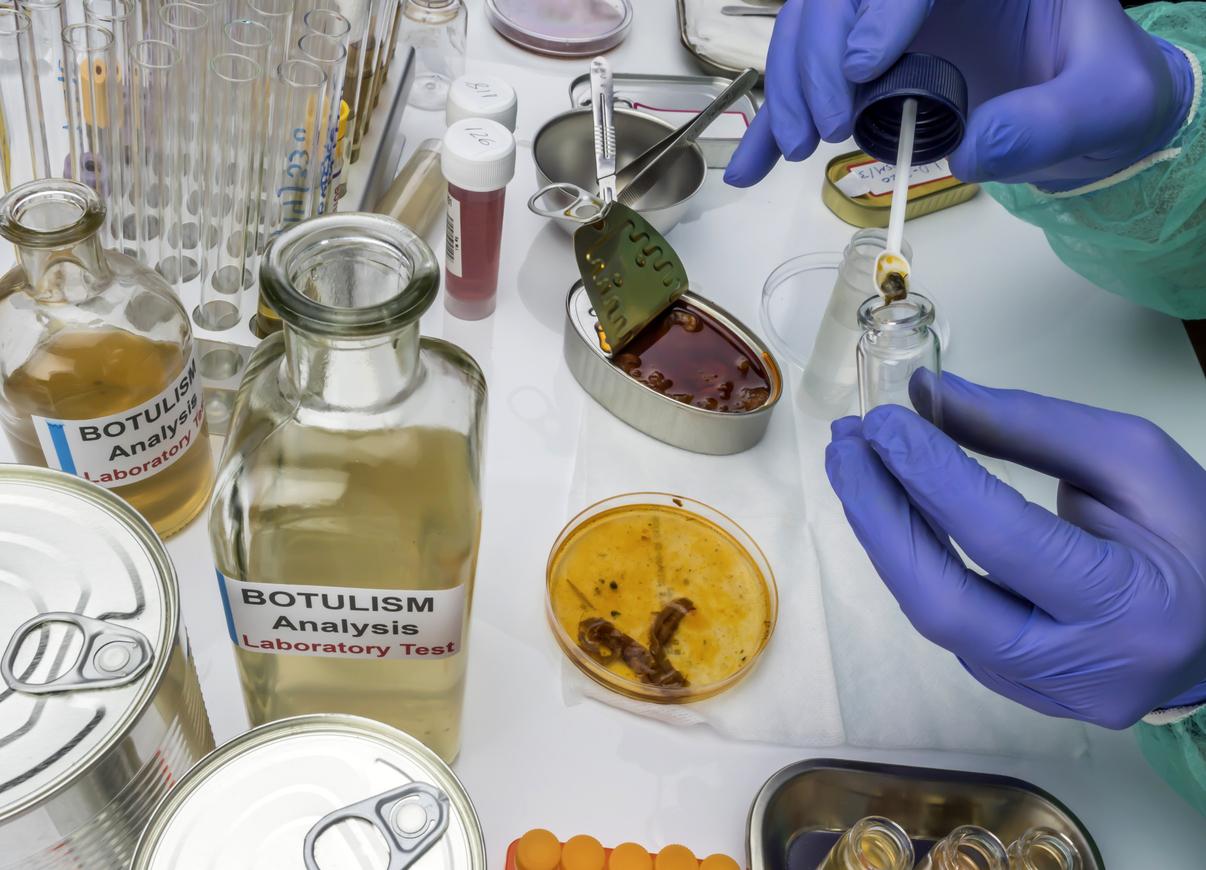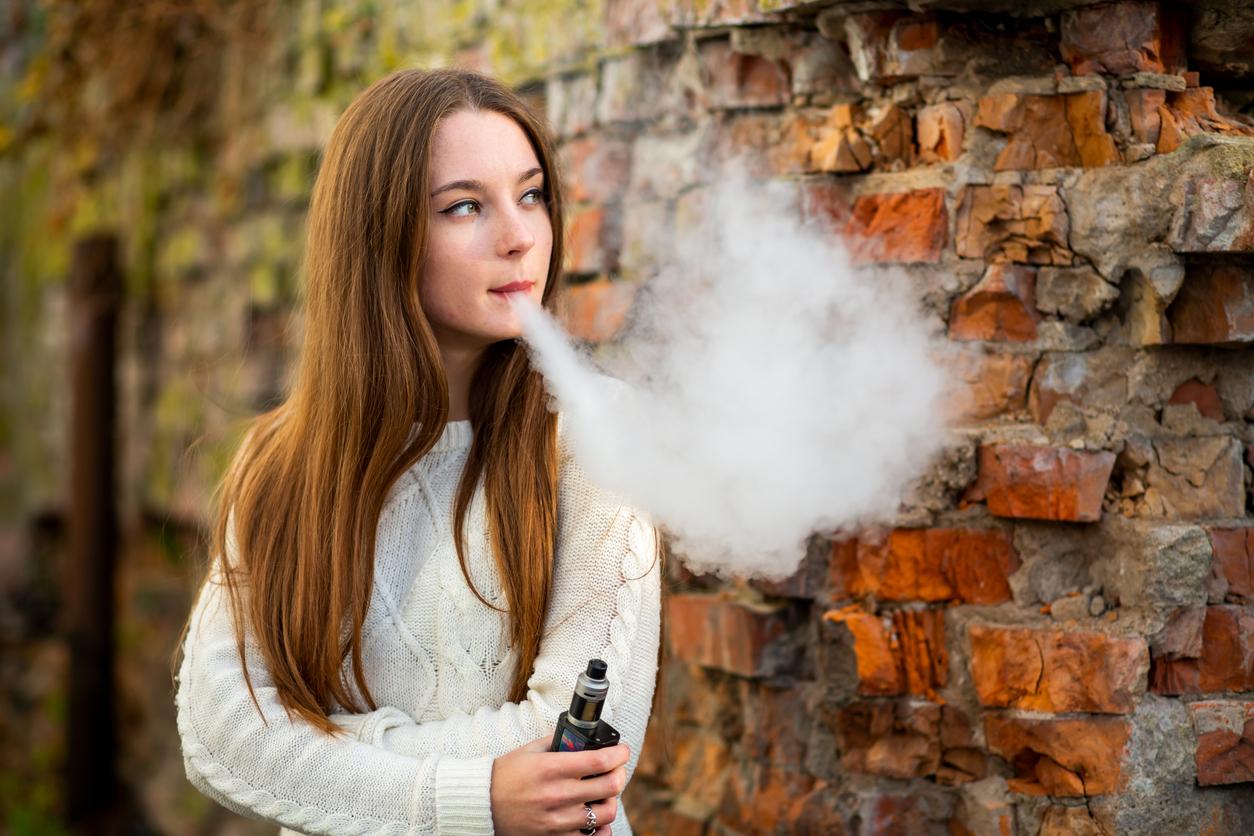The roof of Notre-Dame de Paris and its 460 tons of lead burned on April 15, 2019, contaminating the surrounding soil and creating a risk of poisoning for the neighborhood.
-1595494463.jpg)
- Lead is a very toxic substance, even at low doses.
- The lead levels around Notre-Dame vary between 0.03 g/kg and 9 g/kg.
Already a year since its spire no longer magnifies the rooftops of Paris. On April 15, 2019, the roof of Notre-Dame and its 460 tons of lead went up in smoke, and the contaminated ashes fell to the ground. According to a new American study published by GeoHealth, Parisians residing around Notre-Dame would be highly exposed to lead following the fire in the religious building. The figures put forward by the researchers are much higher than those of the French studies.
Decreased cognitive performance
Lead is a very toxic substance, even at low doses. In children, the most worrying effect of lead poisoning (or lead poisoning) is the reduction in cognitive and sensorimotor performance. From low concentrations, lead also alters the staturo-ponderal and sexual development of young people, their behavior and hearing acuity. In pregnant women, lead alters fetal development and the course of pregnancy. In adolescents and adults, it increases the risk of chronic kidney disease and high blood pressure, impairs sperm quality and decreases male fertility. Its consequences on cardiovascular health and associated mortality are also significant..
“The population residing within a radius of one kilometer and under the plume of the fire was probably very considerably more exposed to the lead fallout, although for a short duration, than indicated by measurements made by local authorities. “believe the American researchers in GeoHealth and The world.
Lead poisoning is very difficult to treat
To reach these conclusions, the director of the study, Alexander Van Geen, took soil samples in December 2019 and February 2020. After analysis, the lead levels varied between 0.03 g / kg to 9 g /kg.
For its part, the Regional Health Agency (ARS) of Ile-de-France estimated in May 2019 that the levels of lead were between 0.02 and 0.1 g / kg, figures “comparable to the values usually measured in Paris”.
Remember that lead poisoning is very difficult to treat. “In any case, it is essential to eliminate any source of potential lead poisoning in the person’s environment”. reminds health insurance. In fact, Alexander Van Geen’s study could push the public authorities to take new health measures.
.
















